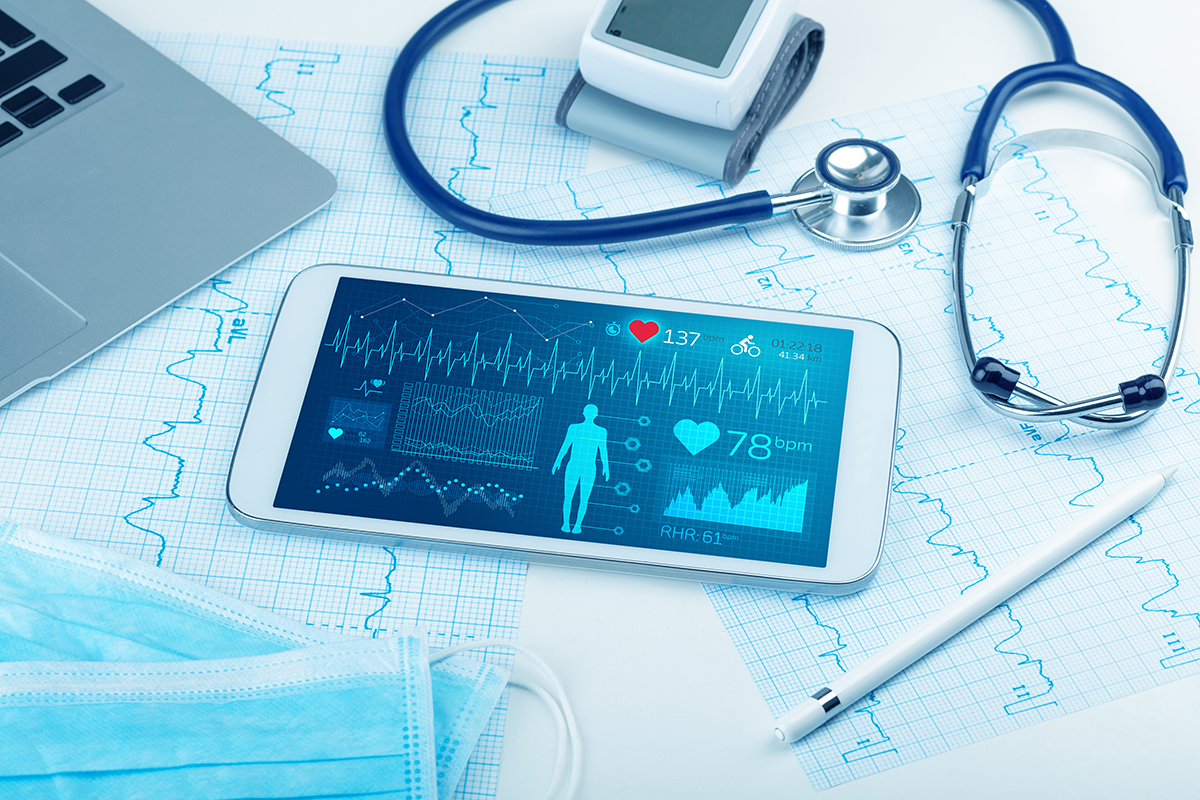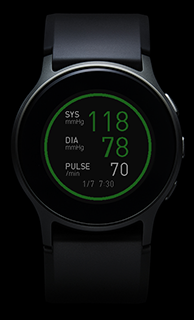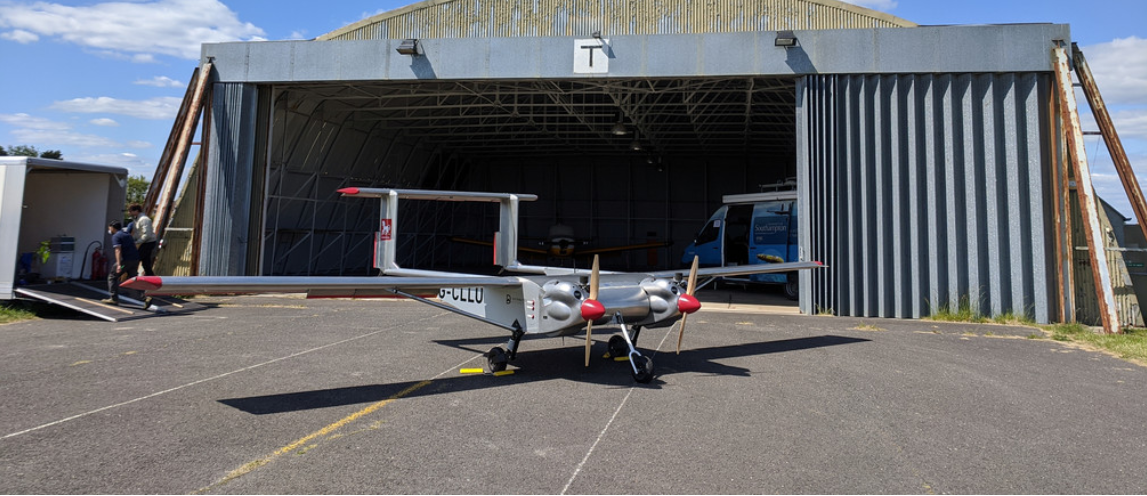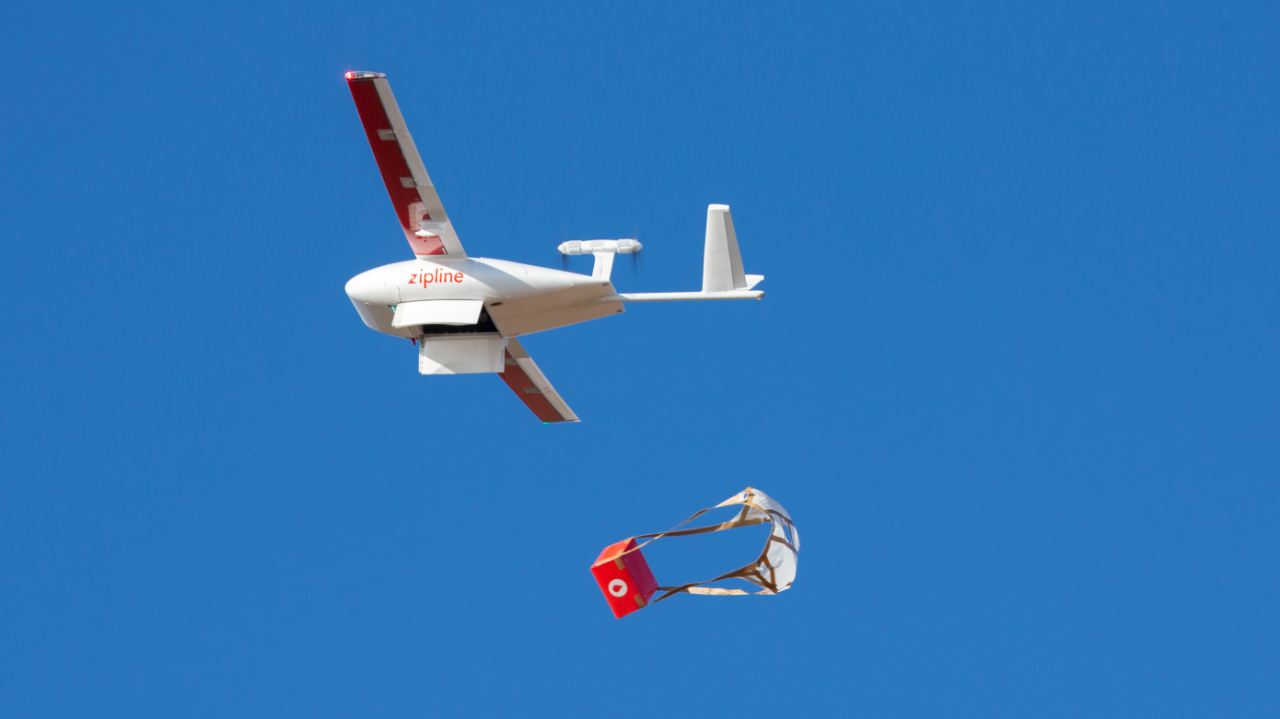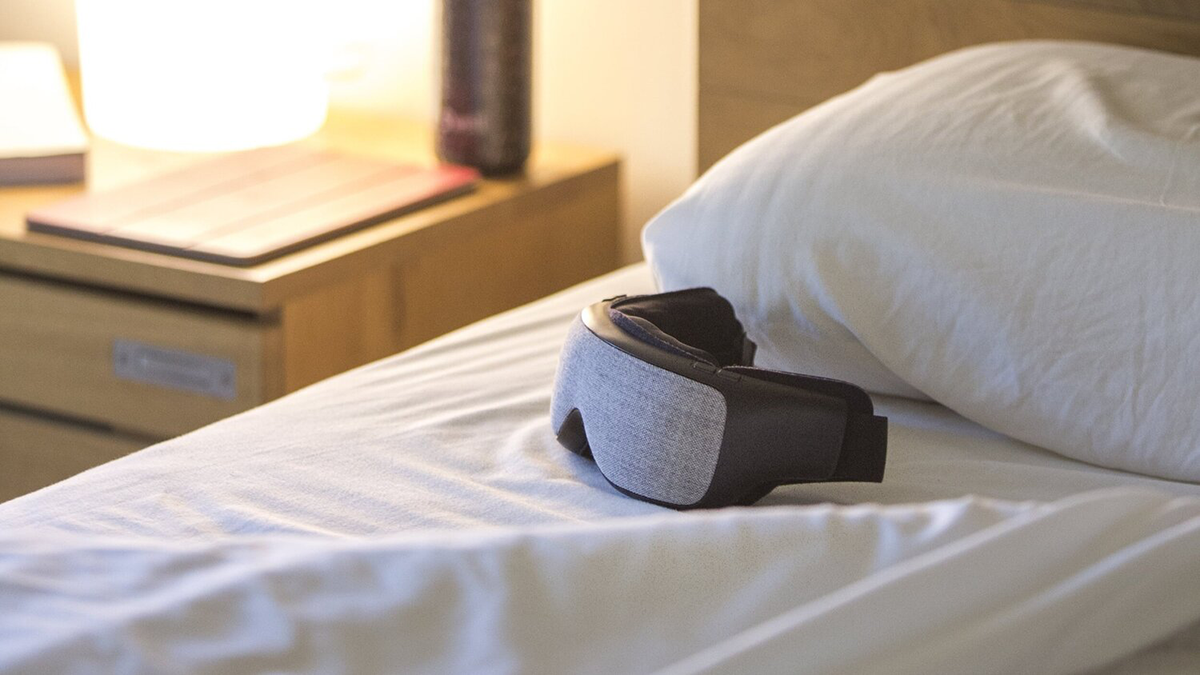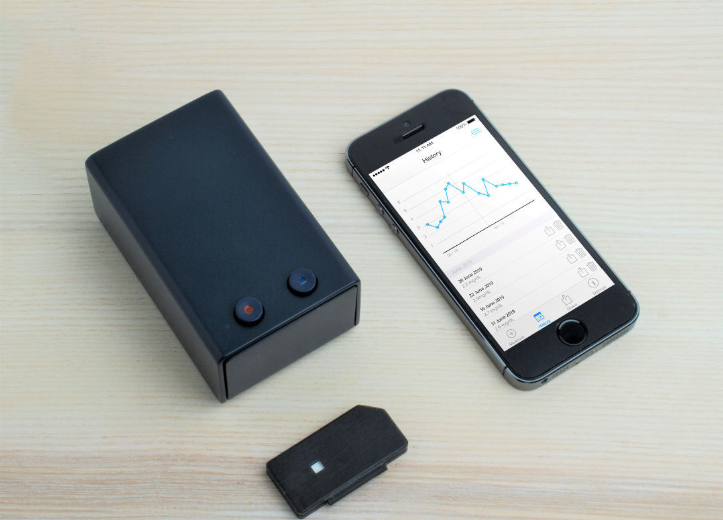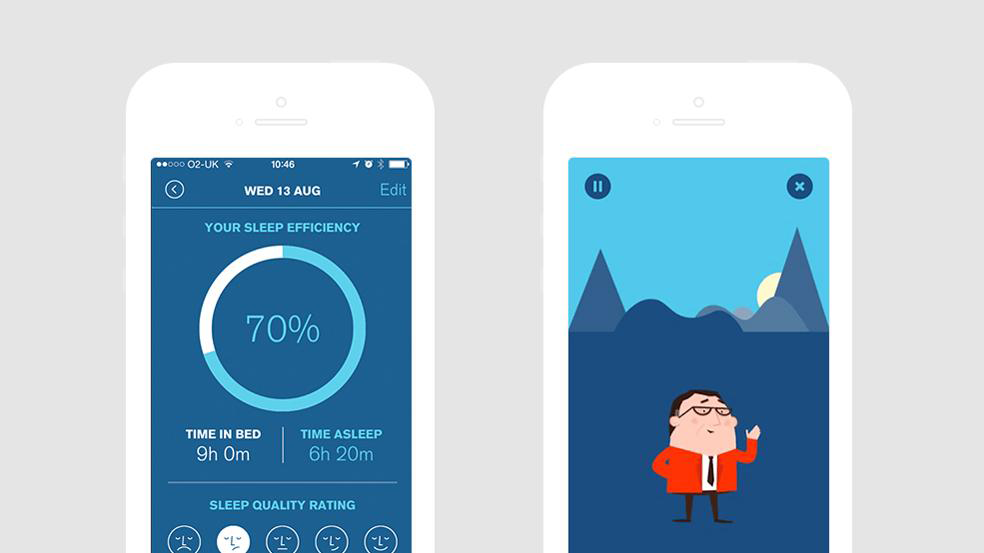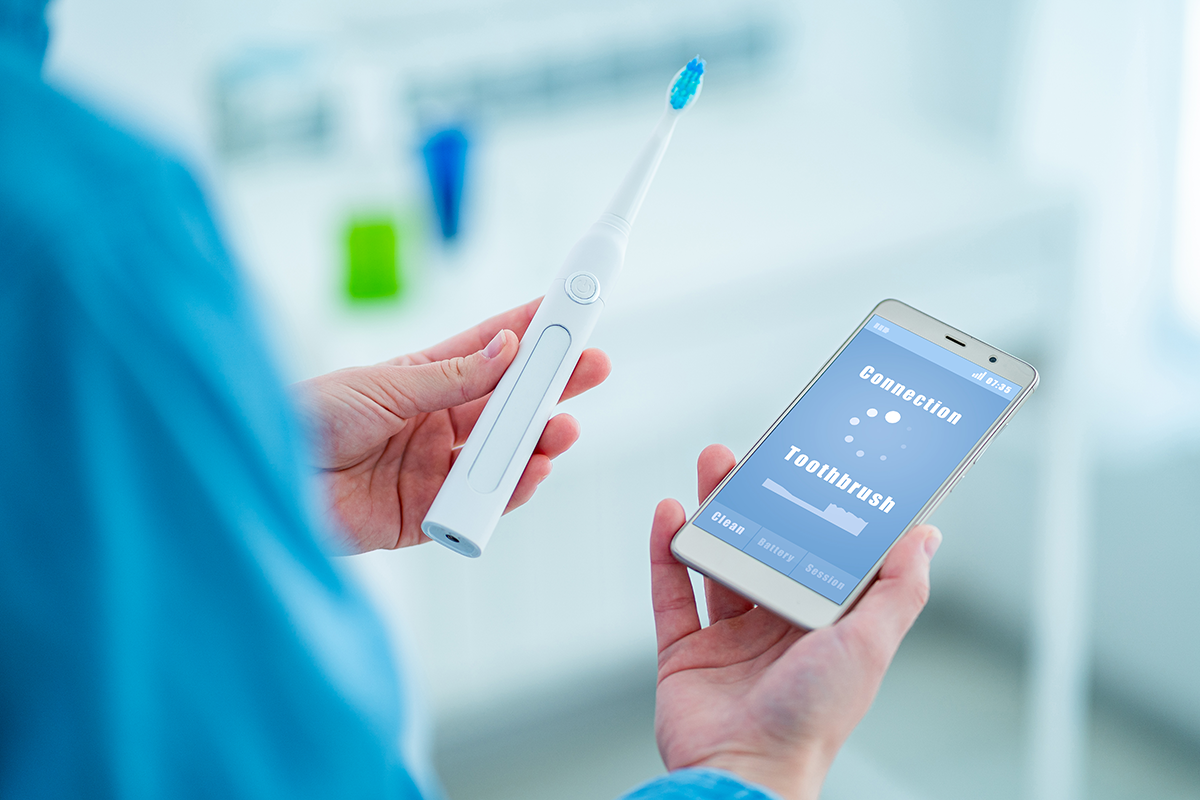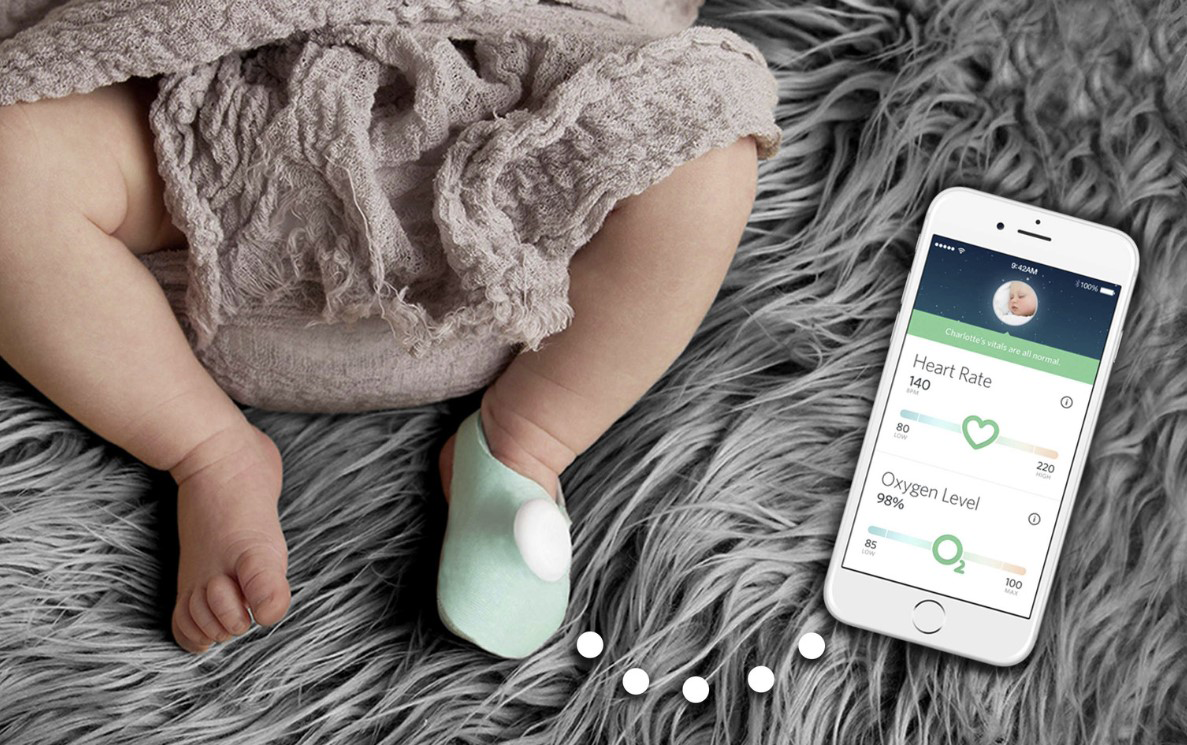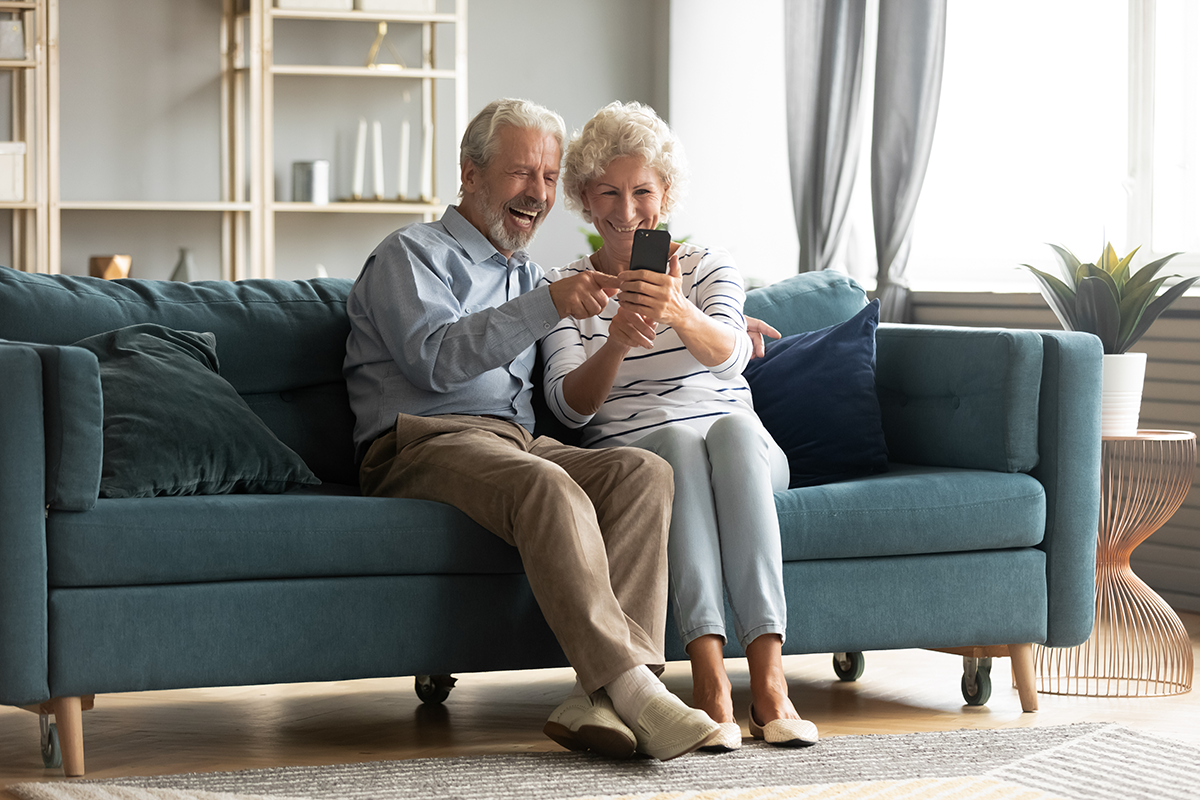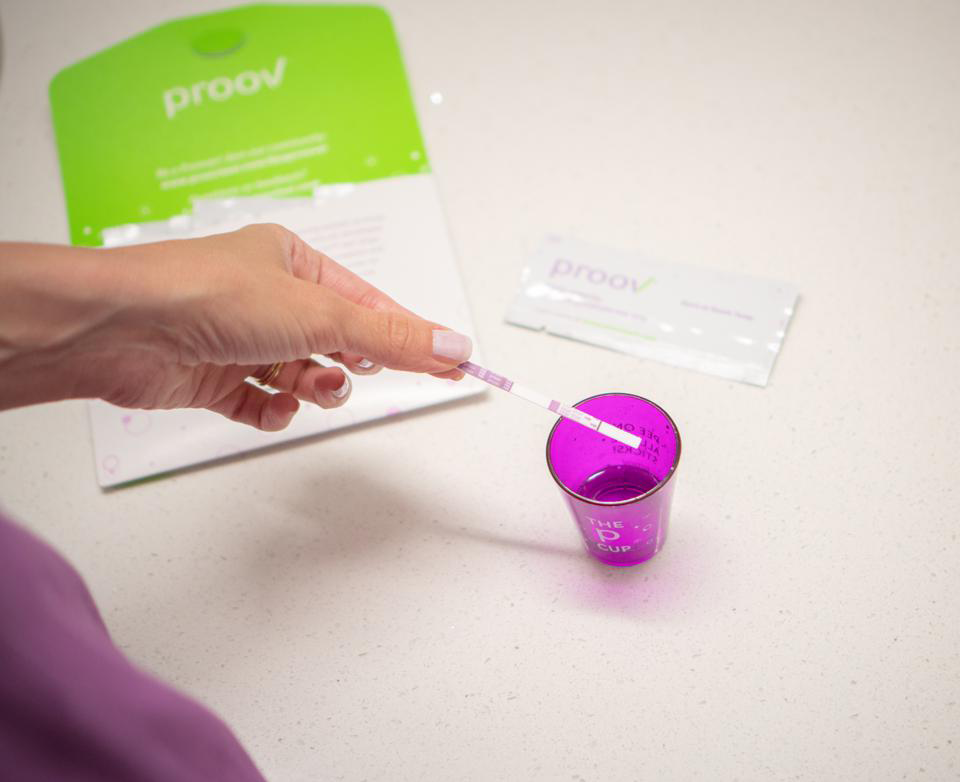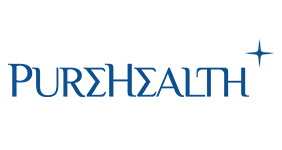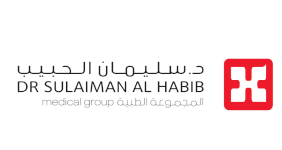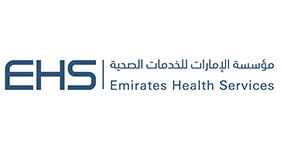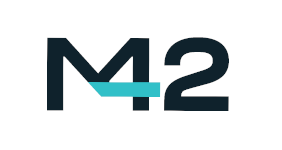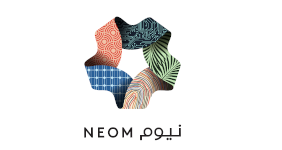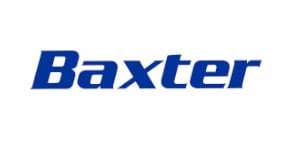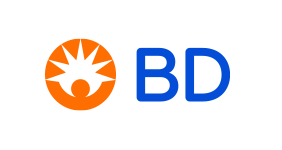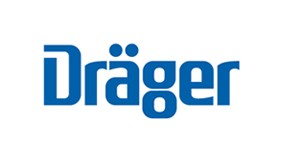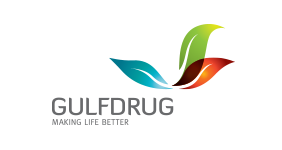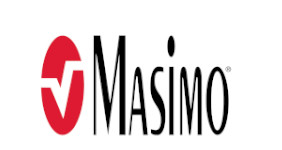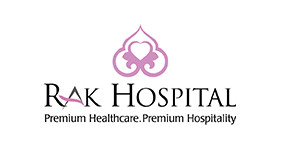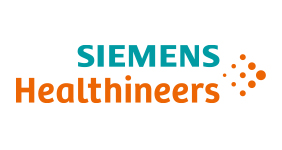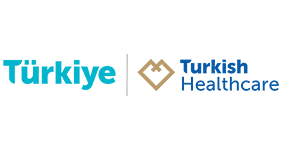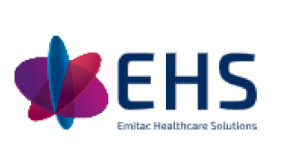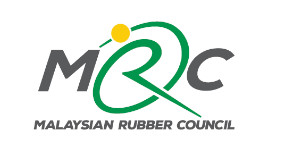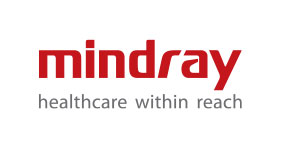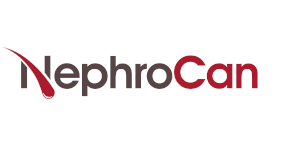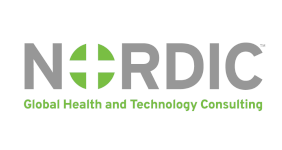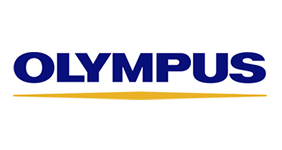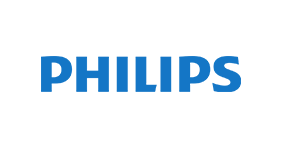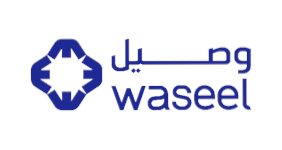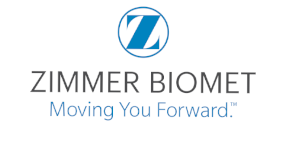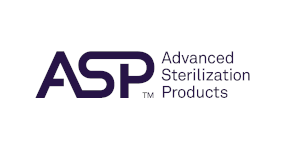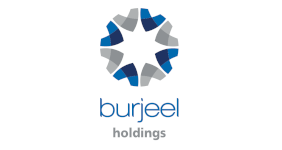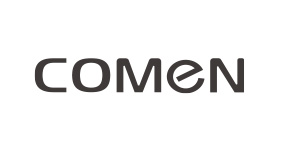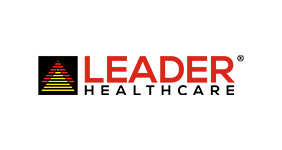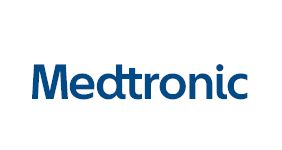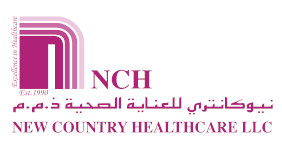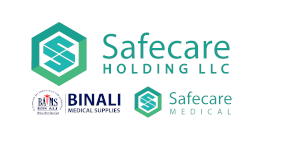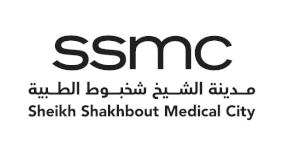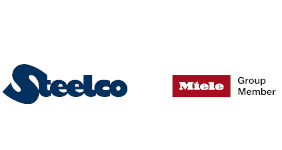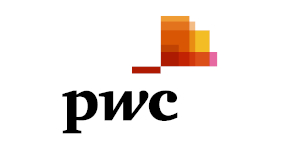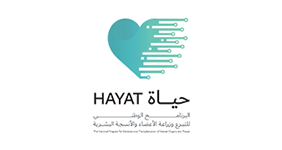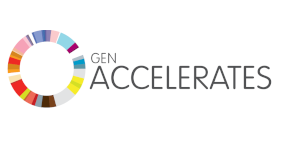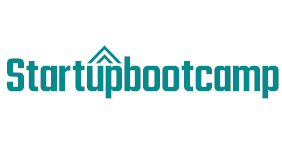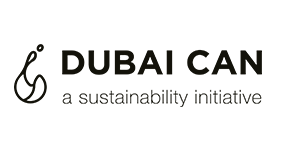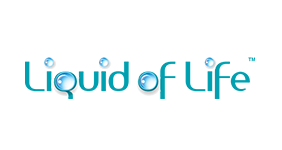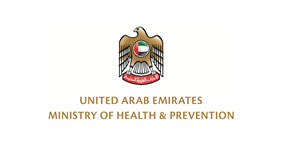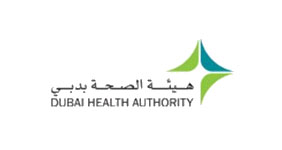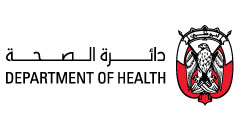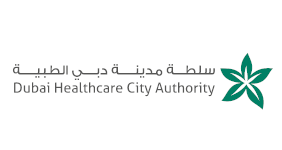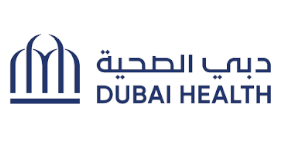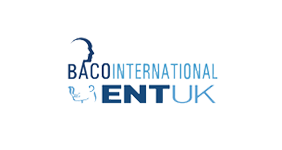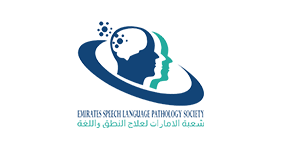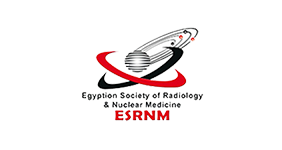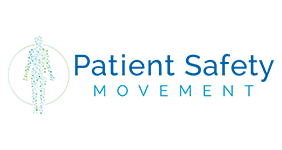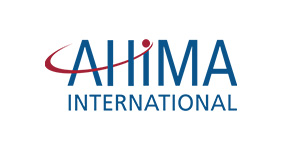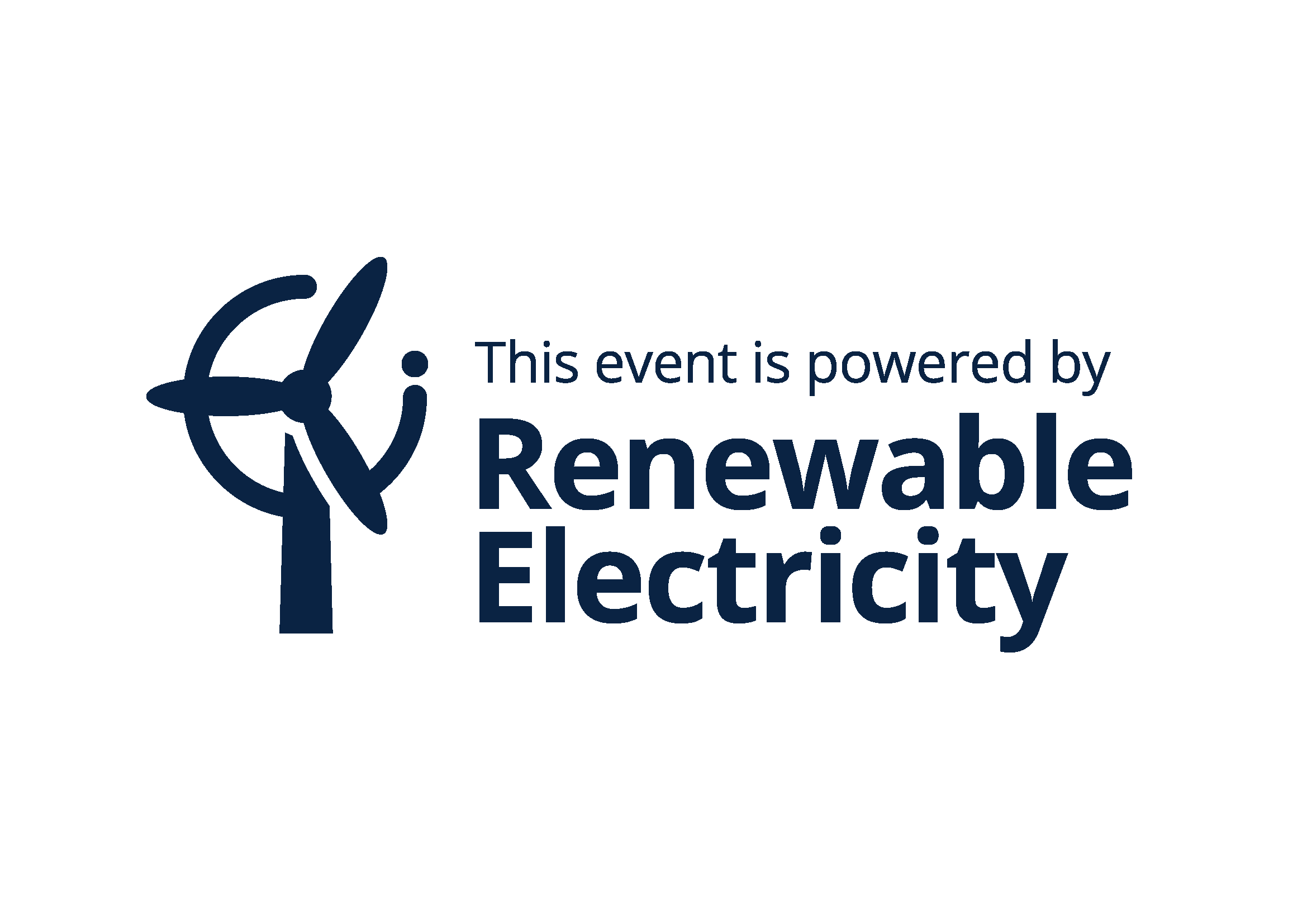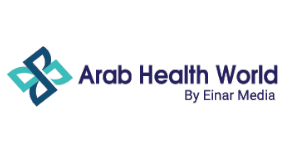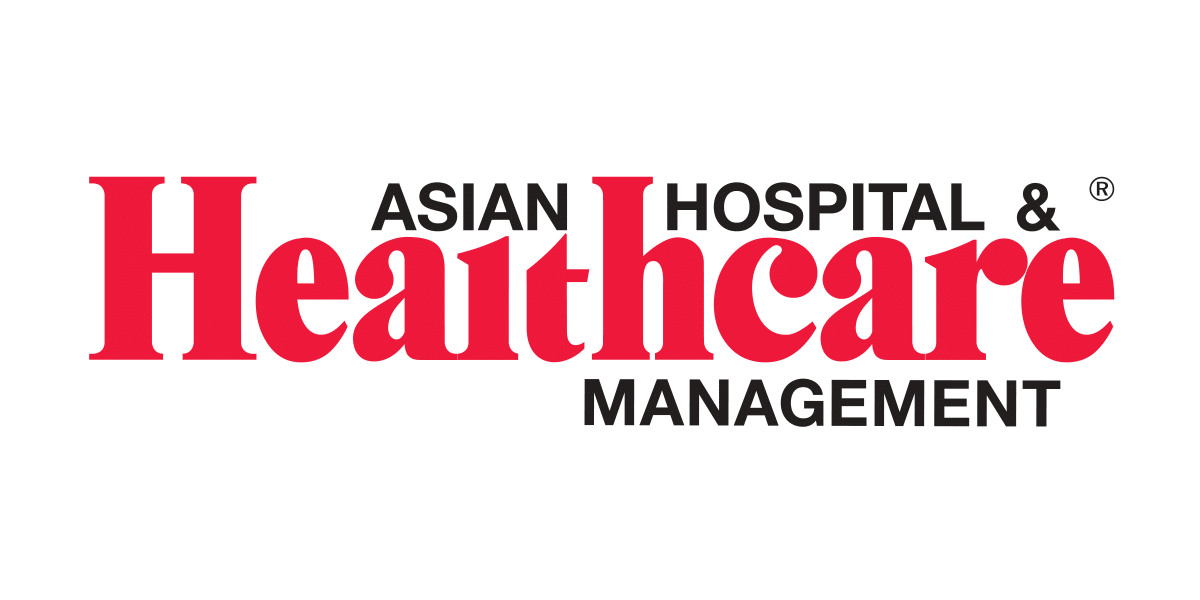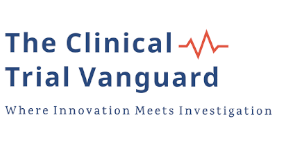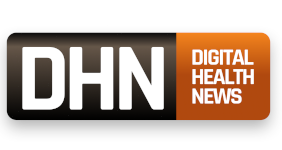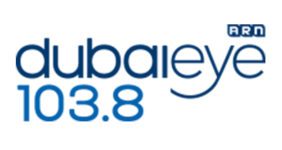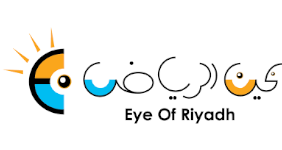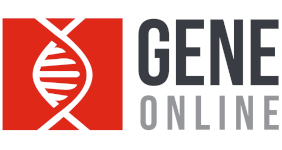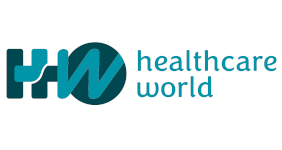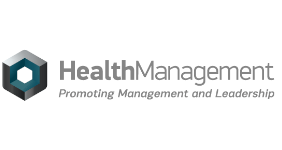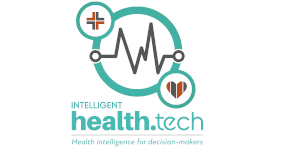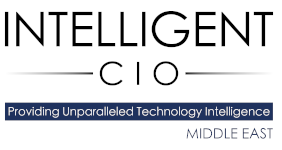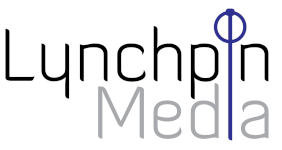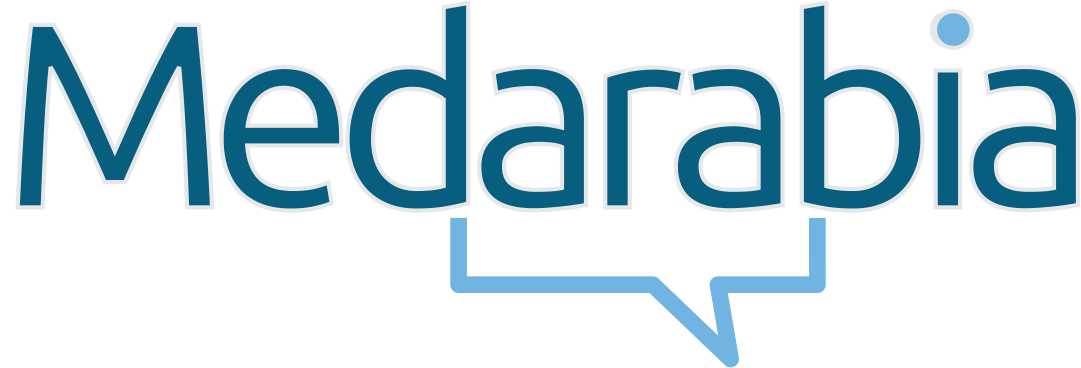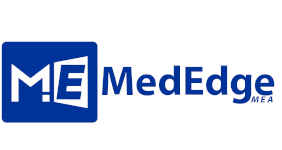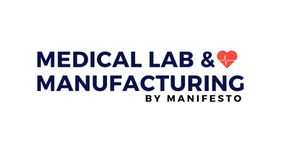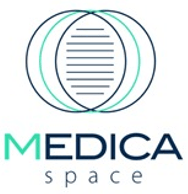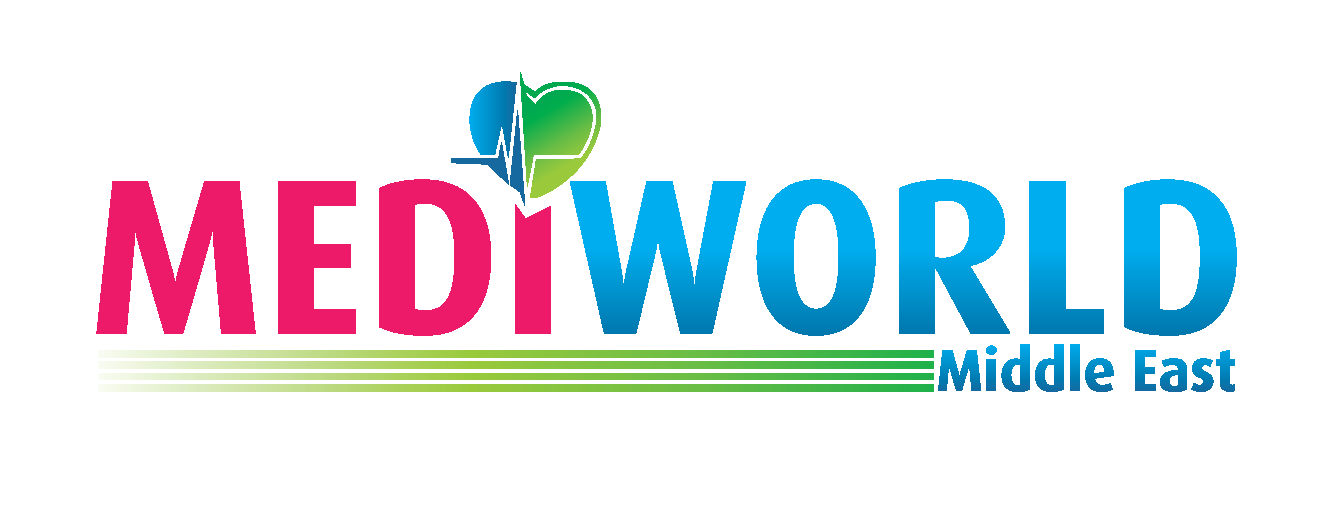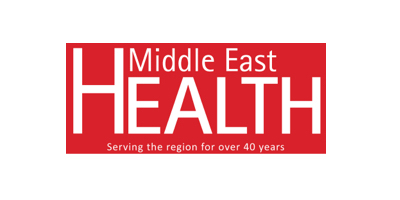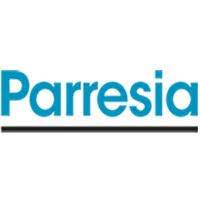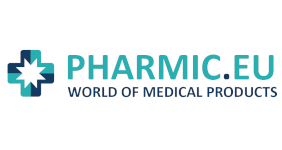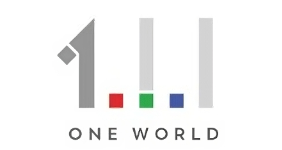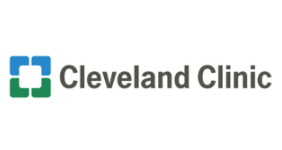Top 10 Innovations in personalised healthcare
With the COVID-19 pandemic accelerating disruption in the healthcare ecosystem, and with today’s primary goal shifting towards the prevention and effective management of chronic conditions, what are the new self-care technologies and innovations that are moving the burden away from a clinical setting in the next few years?
❶
Wearable blood pressure monitors
As an estimated 1.13 billion people worldwide have hypertension, one of the global targets for non-communicable diseases is to reduce the prevalence of hypertension by 25% by 2025.
Wearable blood pressure (BP) monitoring devices are proving valuable for hypertension management using digital technology.
Omron’s HeartGuide wristwatch, with its companion app HeartAdvisor, allows patients to monitor BP, as well as BP fluctuations and sleep quality. It also tracks trends over time, offering daily actionable insights based on personalised BP and activity data and allows users to compare their readings to current American Heart Association guidelines.
The smartwatch is built with a wearable blood pressure monitor embedded in the cuff, which expands and tightens to take a blood pressure reading just like an upper-arm oscillometric machine found in a doctor’s surgery.
❷
Drones for delivering medical supplies
In the United Kingdom, the British government recently gave the red light to a COVID-19 trial programme to deploy gas-powered, fixed-wing medical delivery drones to the remote Isle of Wight in the British Isles.
Meanwhile, a Californian company that delivers vital medical supplies by drone in Rwanda and Ghana is now providing clinics with PPE and coronavirus test samples.
The drones can deliver up to 85 km away, and arrive within 30 minutes. A new programme will explore similar deliveries in the United States, and drones were also used in China and Chile during the COVID-19 outbreak.
❸
Audiovisual therapy for pain
Studies have shown that both virtual reality (VR) and audiovisual (A/V) eyeglass systems can be a very promising analgesic technique that may be used safely and effectively for the reduction of pain and discomfort during medical procedures.
Sana – the world’s first pain management mask – is a VR headset that uses audiovisual stimulation through carefully coordinated pulses of light through closed eyes and sound through headphones to increase the balance between the left and right side of your brain leading to greater relaxation and relief of chronic pain and PTSD-induced insomnia.
❹
Biosensors for drug monitoring
With the biosensor market predicted to reach € 27 billion (US $31.8) by 2020, recent technological advances have made biosensors more readily available for home use and self-monitoring.
Lucentix is developing a new biosensor technology that allows patients to measure precise concentrations of analytes in a single drop of blood or saliva using a handheld device giving laboratory-quality results. The biosensors are based on the invention of a new type of biochemical sensing molecule. The patient pricks his finger and places a drop of blood in the single-use test strip cartridge that is inserted in the Lucentix device. The result of the test is available in less than five minutes, and no sample preparation is required. The result is then transmitted and displayed on the patient's smartphone.
❺
Mobile apps for mental health
The proliferation of smartphones and changes in society’s perception of mental health has come a long way in terms of providing a new and innovative way of treating patients. Mobile apps are proving to be a particularly useful way to stay on track with treatment in time where visiting a mental health professional may not be the most convenient.
Some examples include:
☆ Suicide-prevention app notOK which features a large, red button that can be activated to let close friends, family and their support network know help is needed.
☆ What’s up and MoodKit use Cognitive Behavioral Therapy (CBT) and Acceptance Commitment Therapy (ACT) methods to help you cope with depression, anxiety, stress, and more using habit trackers ad journals.
☆ Another unique app is nOCD which was designed with the help of obsessive-compulsive disorder (OCD) specialists and patients to incorporate two treatments: mindfulness and Exposure Response Prevention Treatment (ERPT).
❻
Sleep improvement programmes
The National Institutes of Health estimates that roughly 30% of the general population complains of sleep disruption, and approximately 10% have associated symptoms of daytime functional impairment consistent with the diagnosis of insomnia.
Sleepio is an online sleep improvement programme based on Cognitive Behavioural Therapy for insomnia (CBTi) which can be used to learn cognitive techniques to help tackle the racing mind and behavioural strategies to help reset sleeping patterns naturally, without relying on sleeping pills. In light of COVID-19, all NHS staff in England & Scotland and Social Care staff in England, Scotland & Wales were offered access to Sleepio.
❼
Smart toothbrush for improved oral care
According to research commissioned by Colgate Total, 1 in 3 people regularly forget to brush their teeth with mouth health low on the list of most people's priorities. While electric toothbrushes are nothing new, smart toothbrushes use new technology that promotes better oral hygiene.
The Oral-B iO is a smart toothbrush that has a new magnetic drive to make the motor quieter, sensors that know which quadrant of your mouth you're brushing, and an artificial intelligence (AI) coaching app that helps you thoroughly clean all parts of your mouth. It even asks questions about your gum health. Meanwhile, the Colgate Plaqless Pro has a sensor that lets you know when you've removed all of the plaque from your teeth every time you brush.
❽
Infant vital signs monitoring
Infants and young children are more prone to rapid physiological deterioration and regular measurement, and documentation of physical observations through smart devices can serve as early recognition signs for worried parents.
Owlet Baby Care recently launched the third generation of its Smart Sock baby monitor. The new Smart Sock 3 tracks the baby's heart rate and oxygen through gentle motion, with an improved tracking frequency of 97% during an eight-hour session, enhanced wireless charging and an improved Bluetooth range and allows parents to snooze Base Station notifications for more customised monitoring.
❾
Digital monitoring for Alzheimer’s disease
With the Centers for Disease Control and Prevention projecting that there will be 14 million Alzheimer’s disease sufferers by 2060, smartphone applications, wearable devices such as smartwatches and rings, and other consumer devices offer an accurate and convenient means of monitoring physiological changes associated with the disease.
Characteristics in the way one speaks can also be indicative of Alzheimer’s disease with metrics regarding sentence segment lengths, pauses in speech, and amount of other vocal irregularities used to differentiate between healthy individuals and those with the disease. This data can easily be recorded through smartphone conversations and automatic speech recognition tools such as the Amazon Alexa. Apps with digital assistants can also be used to monitor these deviations in a patient’s speech patterns.
❿
At-home fertility testing
Overall, infertility is on the rise with 1 in 6 couples wishing to conceive, being diagnosed as infertile. The use of assisted reproductive technologies (ART), therefore, increasing at a rate of 5-10% per year, due to greater need.
Proov is the first at-home progesterone test kit that works by measuring Pregnanediol Glucuronide - or PdG for short – the urine metabolite of progesterone. Because it is non-invasive and can be used at home, Proov is great for tracking PdG over multiple days which can be critical to determining if a healthy ovulation occurred and there was a chance at conception.


